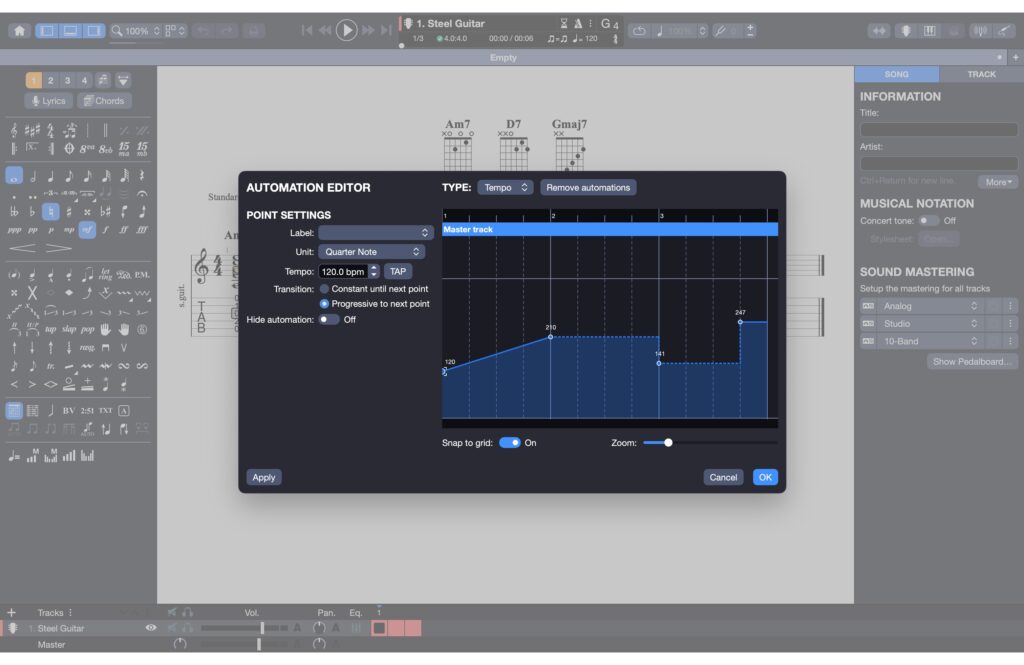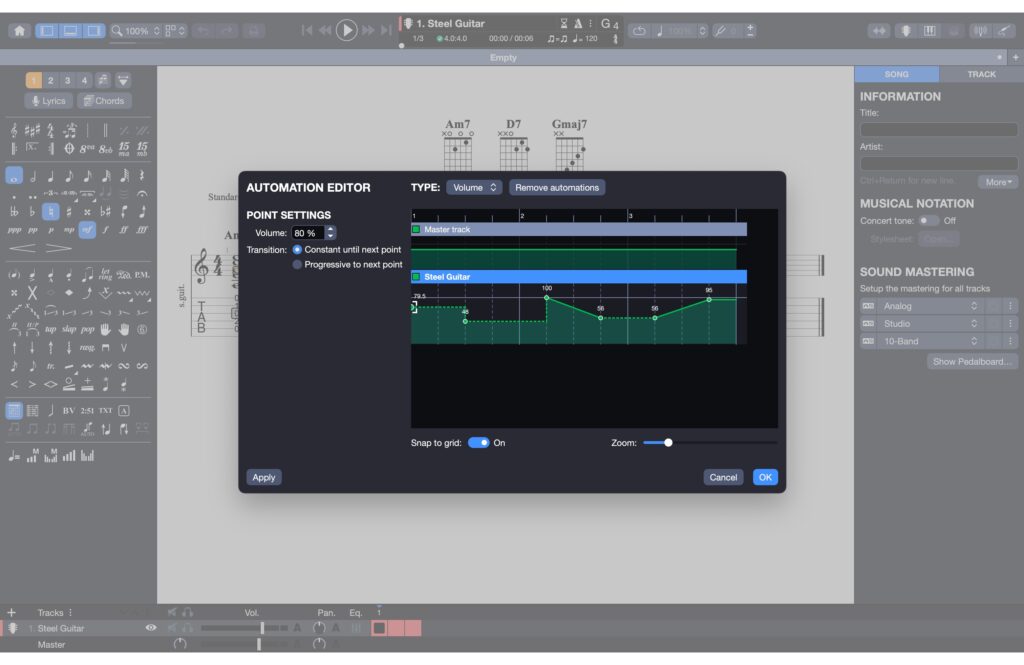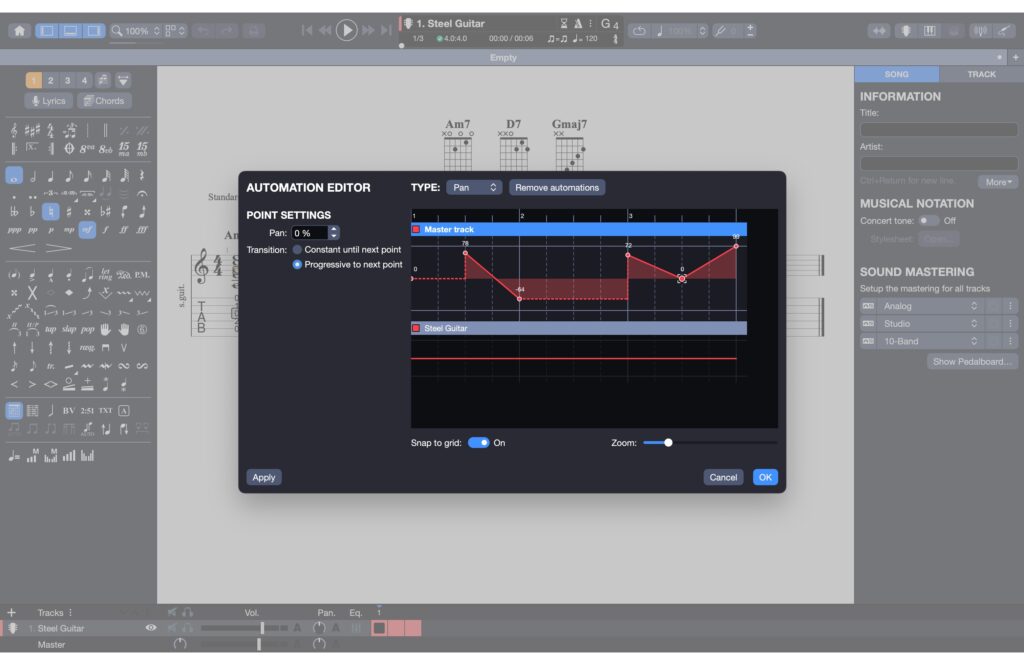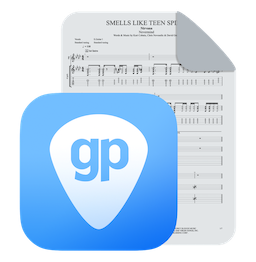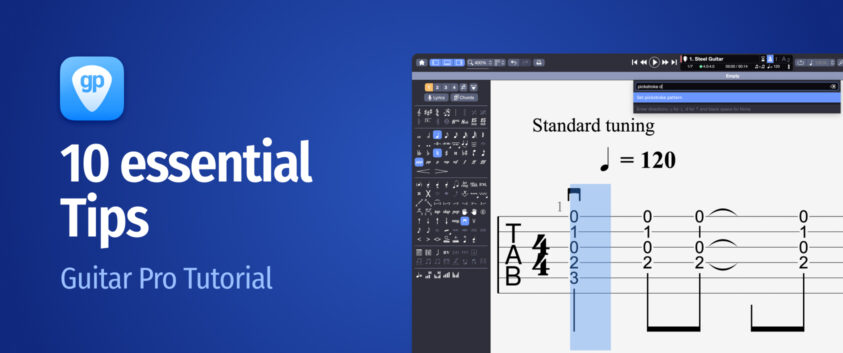
Unlock Guitar Pro 8: 10 tips you should know
Here are 10 features that might just surprise you, enhance your experience, and save you a lot of time. Give Guitar Pro 8 a try and explore all its features with the free demo.
Edit faster with the Command Palette
You can find the Command Palette under Tools > Show Command Palette, or by using the shortcut Cmd+E / Ctrl+E.
The Command Palette allows you to quickly access a number of essential Guitar Pro features.
There are two types of commands: quick commands and advanced commands.
Quick commands require no additional information. For example, if you want a note to be played in palm mute, simply type palm mute into the search bar and double-click the blue result: once to select it, and once again to apply it.
Advanced commands require extra information before they can be used.
Take alternate picking as an example (for right-handed players). The Command Palette lets you enter your picking patterns directly into the score, much faster than through the Editing Palette. Just type pickstroke, then use d for downstrokes and u for upstrokes, making sure to insert a space between each chord or note.
A few tips:
- Type a question mark (?) to see the full list of available prefixes and commands.
Note: Some actions require you to make a selection first. For example, for a Hammer On / Pull Off, you need to select both notes beforehand, just like in the Editing Palette.
- Type @ to bring up a panel of available actions from the top menu bar (File, Edit, Track, Note, Help…). Some of these commands can also be found in the Editing Palette.
You’ll find the full list of available commands in the Guitar Pro 8 User Guide !
Customize your score with the Stylesheet
You can access the Style Sheet via File > Stylesheet, in the Inspector, or using the F7 shortcut.
The Stylesheet allows you to configure the entire visual aspect of your score. It is divided into five clear sections:
- Page & Score format: Manage layout, dimensions, and the display of tuning and chords.
- Systems & Staves: Adjust how the staves are arranged on your score.
- Header & Footer: Set up titles, names, and copyright info, including font settings.
- Text & Styles: Choose fonts and sizes for the texts in your score.
- Notation : Customize musical symbols and choose how they are displayed.

Edit Chords
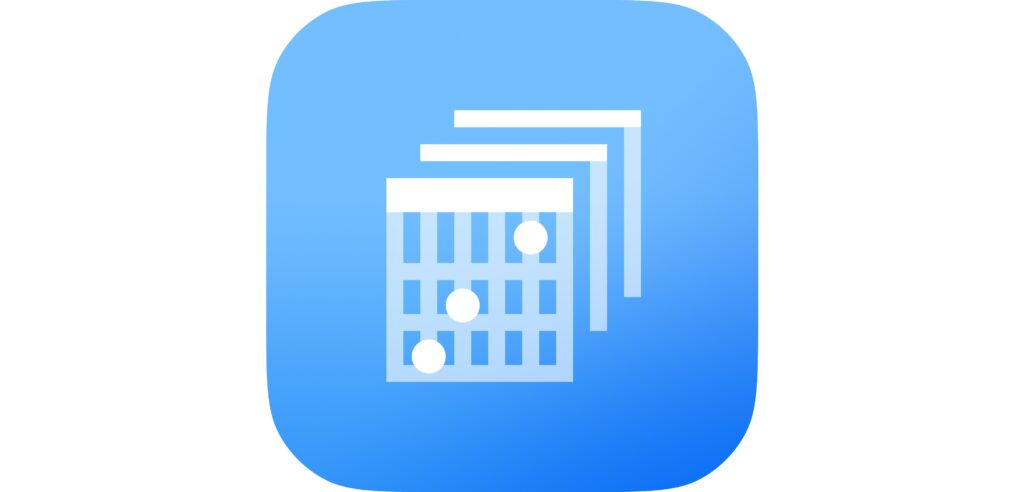
You can edit chords in Guitar Pro either by clicking Chords at the top of the Editing Palette, or by using the shortcut A.
Once you’ve selected a chord, you can choose where it appears in your score.
Options include:
- Display the chord name
- Show the chord diagram at the top of the first page
- Display the diagram on the staff
Try the Line-in feature
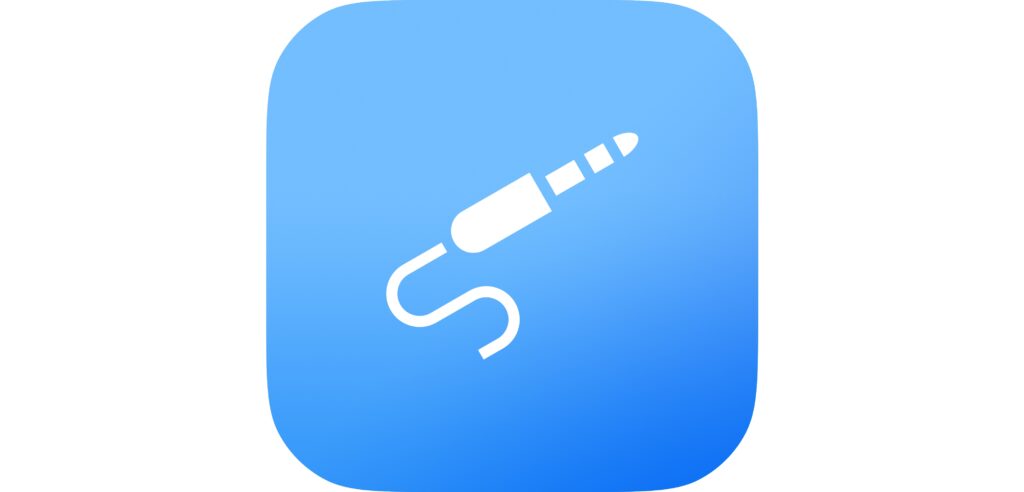
Guitar Pro 8 allows you to plug your guitar into your computer via an audio interface and hear yourself play in real time through the software, using the effect presets and sound banks assigned to your track.
Plug your guitar into your interface, then activate the Audio input in the top-right corner of the window. Audio input settings can be found under Preferences > Audio/MIDI.
Add automations
You can access the automation editor by clicking the current tempo icon at the top of the screen, at the bottom of the Editing Palette, or via Edit > Automations > Edit Automations.
There are 3 types of automations available:
- Tempo
- Volume
- Pan
Automation allows you to program tempo changes, volume adjustments, or stereo panning during playback.
For each option, you can choose between Constant until next point or Progressive to next point, more natural effect.
Practice with the Speed Trainer
The perfect tool to practice your parts with a gradually increasing speed. Click the two small arrows next to the Relative speed icon and choose Custom values.
In the Speed Settings tab, select Progressive Speed. From there, you can define:
- Starting and ending speeds
- Number of steps
- Number of repetitions per step
Move a Note Across the Fretboard (Shortcut)
To make writing more efficient, you can move a note to another string, useful for riffs or chords. There are two ways to do it:
- Right-click the note > Shift Up / Shift Down
- Use the shortcut Alt+Up / Down or Option+Up / Down
Example: a C note (first fret on the B string) can be moved to the 5th fret of the G string, the 10th fret of the D string, the 15th fret of the A string, or the 20th fret of the low E string.
Check the Bar Duration
You’ll find this tool under Tools > Check Bar Duration or using the F4 shortcut.
Often overlooked, this feature is extremely helpful, especially in large scores or pieces written for multiple instruments. It automatically flags incomplete bars.
It can be combined with the Complete/Reduce Bars with Rests tool.
Lock your files
There are three file saving options available in Guitar Pro. Go to File > Lock/Unlock.
You can choose to:
- Save your file without protection
- Lock editing and/or opening with a password

Export audio
You can export one or more audio tracks from Guitar Pro via File > Export > Audio.
Why is this useful?
- Create a backing track to practice your instrument
- Export each track separately
- Choose to include a metronome or a count-in, or not
- Select your preferred format and audio quality

We hope this tutorial has been helpful!
Feel free to ask any questions in the comments section and share your tips or feedback about the features we covered.
Stay up to date with Guitar Pro news by subscribing to our newsletter.
Leave a comment
Your email address will not be published.

